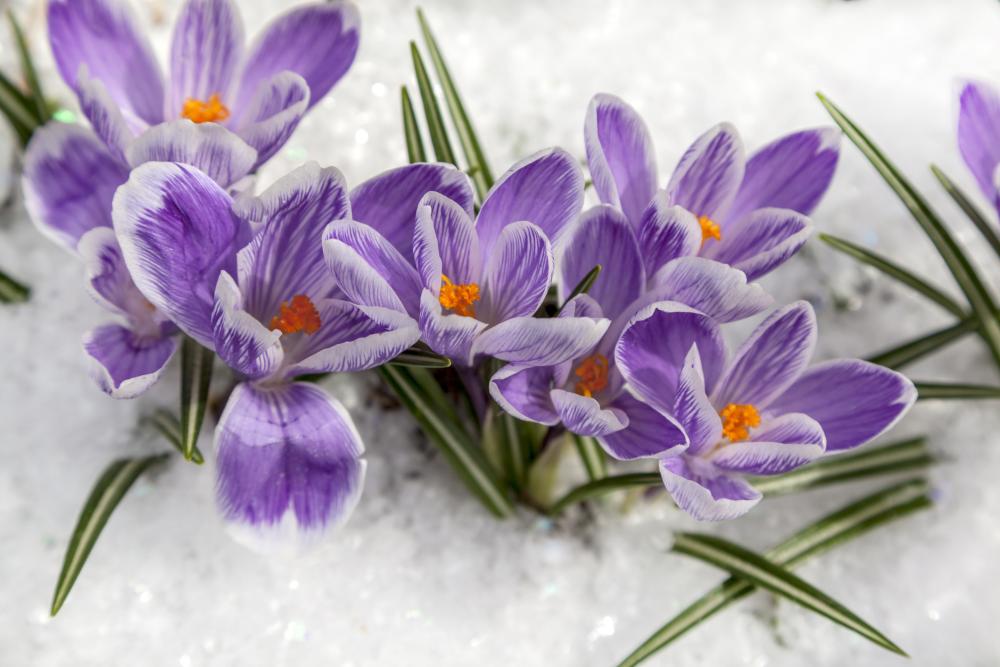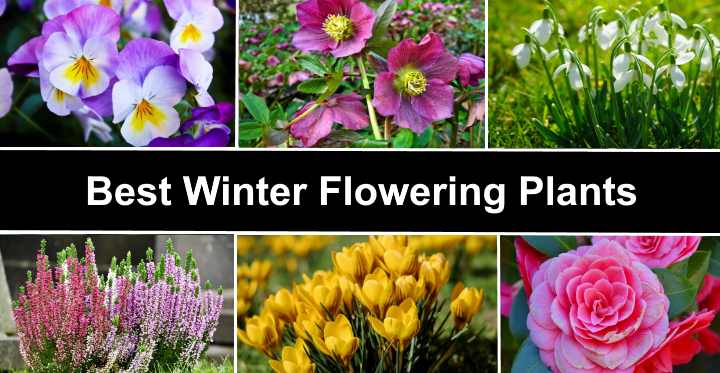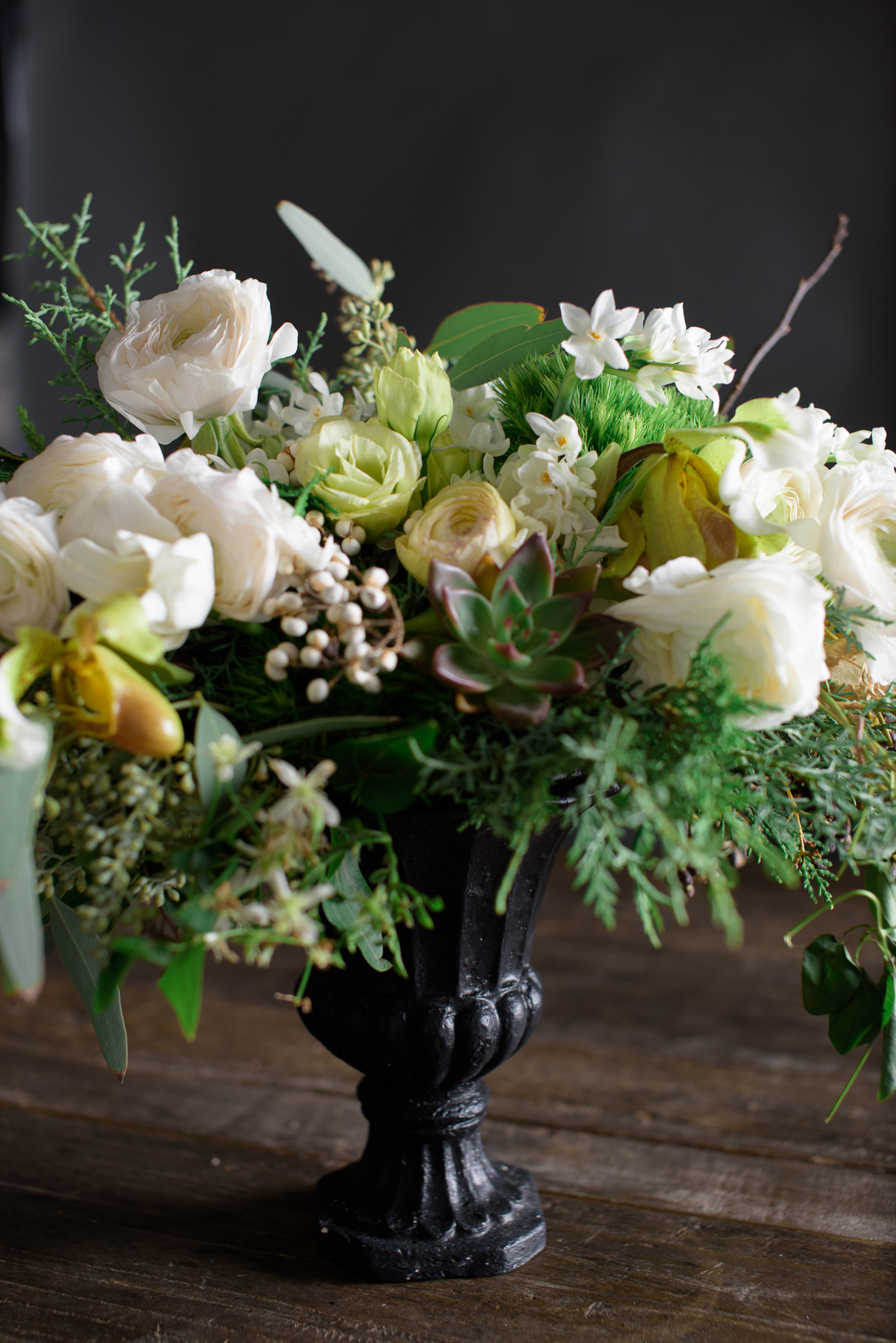Winter Blooms: Discover the Beauty of Seasonal Flowers
Embracing the Chill: How to Grow Vibrant Flowers in Winter
Winter is often associated with barren landscapes and dormant gardens, but it doesn’t have to be that way. Flowers that grow in winter can add a splash of color and vibrancy to even the gloomiest of days. In fact, winter flowers have a unique charm that sets them apart from their spring and summer counterparts. Not only do they provide a much-needed burst of color during the winter months, but they also offer a sense of hope and renewal during a time when the natural world can seem dormant. By growing flowers in winter, gardeners can extend the gardening season, enjoy a longer period of blooms, and even attract wildlife to their gardens.
Winter Flower Care 101: Tips for Thriving Blooms
To ensure that flowers that grow in winter thrive, it’s essential to provide them with the right care. This starts with soil preparation, as winter flowers require well-draining soil that is rich in organic matter. Before planting, mix in compost or well-rotted manure to improve soil structure and fertility. When it comes to watering, it’s crucial to avoid overwatering, as this can lead to root rot and other problems. Instead, water winter flowers sparingly, making sure the soil is moist but not waterlogged. In terms of sunlight, most winter flowers require at least six hours of direct sunlight per day, although some can tolerate partial shade. Protecting flowers from harsh winter conditions is also vital, and this can be achieved by using mulch, windbreaks, or cold frames. By following these tips, gardeners can create a favorable environment for their winter flowers to flourish.
Top 5 Winter Flowers to Brighten Up Your Garden
When it comes to flowers that grow in winter, there are many stunning options to choose from. Here are five of the most beautiful and resilient winter flowers that can add color and vibrancy to your garden during the cold winter months.
Cyclamen, with their delicate, heart-shaped leaves and vibrant pink, white, or purple flowers, are a popular choice for winter gardens. They thrive in well-draining soil and partial shade, making them ideal for woodland gardens or containers. Another winter favorite is the Snowdrop, which produces delicate white flowers that droop like tiny bells. Snowdrops are easy to care for and can naturalize in lawns or under trees.
For a bold and dramatic statement, consider planting Winter Aconite, which produces bright yellow flowers that resemble tiny stars. Winter Aconite prefers well-draining soil and full sun to partial shade. Hellebores, also known as Christmas Roses, are another winter flower that can add interest to the garden. They produce nodding, bell-shaped flowers in shades of white, pink, and purple, and prefer rich, moist soil and partial shade.
Last but not least, the Winter Jasmine is a beautiful, evergreen climber that produces fragrant, star-shaped flowers in shades of white and yellow. It prefers well-draining soil and full sun to partial shade, making it ideal for trellises, arbors, or walls. By incorporating these five stunning winter flowers into your garden, you can create a beautiful and vibrant winter landscape that will brighten up even the gloomiest of days.
Winter Container Gardening: A Guide to Beautiful Blooms
Container gardening is a great way to enjoy flowers that grow in winter, even in small spaces. By choosing the right flowers, containers, and soil, gardeners can create a beautiful and thriving winter garden. When selecting flowers, look for varieties that are specifically bred for winter containers, such as cyclamen, winter pansies, and violas. These flowers are compact, hardy, and produce plenty of blooms.
When it comes to containers, choose ones that are at least 6-8 inches deep to provide enough room for the roots of the flowers. Make sure the containers have good drainage holes to prevent waterlogged soil. In terms of soil, use a high-quality potting mix that is specifically designed for winter containers. This type of soil will retain moisture but still drain excess water.
One of the benefits of winter container gardening is its flexibility. Containers can be moved to different locations to take advantage of changing sunlight patterns, and they can be easily rearranged to create a new look. Additionally, containers can be used to add color and interest to small spaces, such as balconies, patios, or decks.
To care for winter containers, make sure to water them regularly, but avoid overwatering. Fertilize the flowers regularly, using a balanced fertilizer that is specifically designed for winter flowers. Finally, protect the containers from harsh winter winds and extreme temperatures by moving them to a sheltered location or using a cold frame.
By following these tips, gardeners can create a beautiful and thriving winter container garden that will provide color and interest even on the coldest of days. Whether you have a small balcony or a large patio, winter container gardening is a great way to enjoy flowers that grow in winter and add some winter charm to your outdoor space.
Forcing Bulbs: A Simple Way to Enjoy Winter Flowers Indoors
Forcing bulbs is a simple and effective way to enjoy flowers that grow in winter indoors, even in the dead of winter. This technique involves tricking bulbs into thinking it’s spring, allowing them to bloom earlier than they would naturally. By forcing bulbs, gardeners can enjoy a burst of color and fragrance in their homes during the winter months.
To force bulbs, start by choosing the right varieties. Look for bulbs that are specifically labeled as “forcing” or “indoor” bulbs. Some popular options include tulips, daffodils, and hyacinths. Next, prepare the bulbs for indoor growth by potting them up in a well-draining potting mix. Make sure the pot has good drainage holes to prevent waterlogged soil.
Once the bulbs are potted, place them in a cool, dark location (around 40-50°F) for 4-6 weeks. This will allow the bulbs to develop roots and prepare for growth. After the cooling period, move the pots to a bright, cool location (around 60-70°F) and water them regularly. It’s essential to keep the soil moist but not waterlogged, as this can cause the bulbs to rot.
As the bulbs begin to grow, you’ll start to see green shoots and eventually, beautiful flowers. To care for the bulbs, make sure to provide them with bright, indirect light and keep the soil moist. Avoid placing the bulbs in direct sunlight, as this can cause them to become leggy and weak.
The benefits of forcing bulbs are numerous. Not only do they provide a burst of color and fragrance during the winter months, but they also allow gardeners to enjoy flowers that grow in winter year-round. Additionally, forcing bulbs is a great way to get a head start on the growing season, as the bulbs can be planted outdoors in the spring once the weather warms up.
By following these simple steps, gardeners can enjoy beautiful, fragrant flowers that grow in winter indoors, even in the dead of winter. Whether you’re looking to brighten up a room or create a stunning centerpiece, forcing bulbs is a great way to add some winter charm to your home.
Winter Flower Arranging: Tips for Creating Stunning Displays
Winter flowers offer a unique opportunity to create stunning arrangements that add warmth and elegance to any room. With a few simple tips and tricks, gardeners can turn their winter blooms into breathtaking displays that showcase the beauty of flowers that grow in winter.
When it comes to choosing flowers for winter arrangements, look for varieties that offer interesting textures, colors, and shapes. Consider combining flowers like amaryllis, cyclamen, and eucalyptus to create a visually appealing arrangement. Don’t be afraid to experiment with different combinations to find the perfect mix for your display.
In addition to choosing the right flowers, selecting the right vase is essential for creating a stunning arrangement. Look for vases that complement the colors and textures of your flowers, and consider using unique containers like wooden or metal vases to add interest to your display.
When arranging your flowers, start by adding some greenery like eucalyptus or ferns to provide a base for your arrangement. Then, add your flowers, working from the center of the vase outwards. Don’t be afraid to experiment with different heights and angles to create a dynamic display.
To add some extra interest to your arrangement, consider incorporating other winter elements like pinecones, branches, or berries. These elements can add texture, color, and fragrance to your display, making it even more stunning.
Finally, don’t forget to care for your arrangement once it’s complete. Make sure to keep the flowers fresh by changing the water in the vase regularly, and avoid placing your arrangement in direct sunlight or extreme temperatures.
By following these simple tips, gardeners can create stunning winter flower arrangements that showcase the beauty of flowers that grow in winter. Whether you’re looking to add some elegance to your home or create a unique gift, winter flower arranging is a great way to enjoy the beauty of winter blooms.
Winter Flowers for Wildlife: Attracting Birds and Bees to Your Garden
While flowers that grow in winter are often associated with adding color and vibrancy to our homes and gardens, they also play a crucial role in supporting local wildlife. By incorporating winter flowers into your garden, you can attract birds, bees, and other beneficial creatures, creating a thriving ecosystem that benefits both you and the environment.
One of the most important ways that winter flowers support wildlife is by providing a source of food. Many birds, such as finches and sparrows, rely on the seeds and berries of winter flowers to survive during the cold winter months. Similarly, bees and other pollinators are attracted to the nectar-rich flowers that grow in winter, which helps to sustain them until spring arrives.
So, which winter flowers are particularly attractive to wildlife? Some top choices include winter aconite, snowdrops, and winter honeysuckle. These flowers are all rich in nectar and pollen, making them a valuable resource for birds and bees. Additionally, they are often fragrant, which helps to attract wildlife to your garden.
In addition to choosing the right flowers, there are several other tips for creating a wildlife-friendly garden. One of the most important is to provide a source of water, such as a birdbath or shallow dish. This will help to attract birds and other wildlife to your garden, even during the cold winter months.
Another key tip is to avoid using pesticides and other chemicals in your garden. These can be harmful to wildlife, and can even affect the local ecosystem as a whole. Instead, focus on using natural methods to control pests and diseases, such as introducing beneficial insects or using physical barriers.
By incorporating winter flowers into your garden and following these simple tips, you can create a thriving ecosystem that supports local wildlife. Not only will this help to attract birds and bees to your garden, but it will also contribute to the overall health of the environment.
So, why not give it a try? Plant some winter flowers, provide a source of water, and avoid using chemicals in your garden. With a little effort, you can create a haven for wildlife that will thrive even in the coldest of winter months.
Winter Flower Maintenance: Pruning, Deadheading, and More
As the winter season progresses, it’s essential to maintain your flowers that grow in winter to ensure they continue to thrive and provide beauty to your garden. Regular maintenance is crucial in promoting healthy growth, encouraging repeat blooms, and preventing the spread of disease.
One of the most critical maintenance tasks for winter flowers is pruning. Pruning helps to control the shape and size of your plants, promotes healthy growth, and encourages blooming. When pruning, remove any dead or damaged branches, and cut back leggy stems to encourage bushy growth.
Deadheading is another essential maintenance task for winter flowers. Deadheading involves removing spent blooms to encourage your plants to focus their energy on producing new flowers rather than seed production. This simple task can make a significant difference in the appearance of your garden, as it helps to maintain a neat and tidy appearance.
In addition to pruning and deadheading, dividing is another important maintenance task for winter flowers. As your plants grow and mature, they may become congested, which can lead to reduced blooming and increased susceptibility to disease. Dividing your plants every few years helps to rejuvenate them, promoting healthy growth and encouraging blooming.
Other essential maintenance tasks for winter flowers include mulching, fertilizing, and pest control. Mulching helps to retain moisture, suppress weeds, and regulate soil temperature, while fertilizing provides your plants with the necessary nutrients for healthy growth. Pest control is also crucial, as pests like slugs and snails can cause significant damage to your plants.
By incorporating these simple maintenance tasks into your winter flower care routine, you can enjoy a vibrant and thriving garden even in the coldest of winter months. Remember, regular maintenance is key to promoting healthy growth, encouraging repeat blooms, and preventing the spread of disease.
With a little effort and attention, your flowers that grow in winter can provide beauty and joy to your garden throughout the winter season. So, take the time to prune, deadhead, divide, mulch, fertilize, and control pests, and enjoy the rewards of a stunning winter garden.








